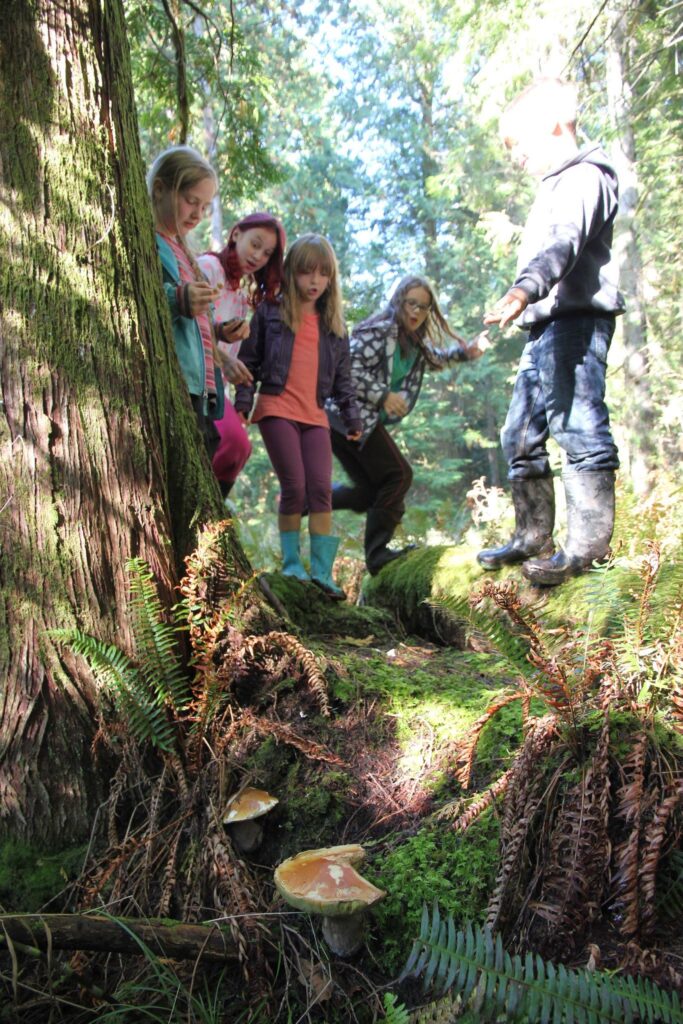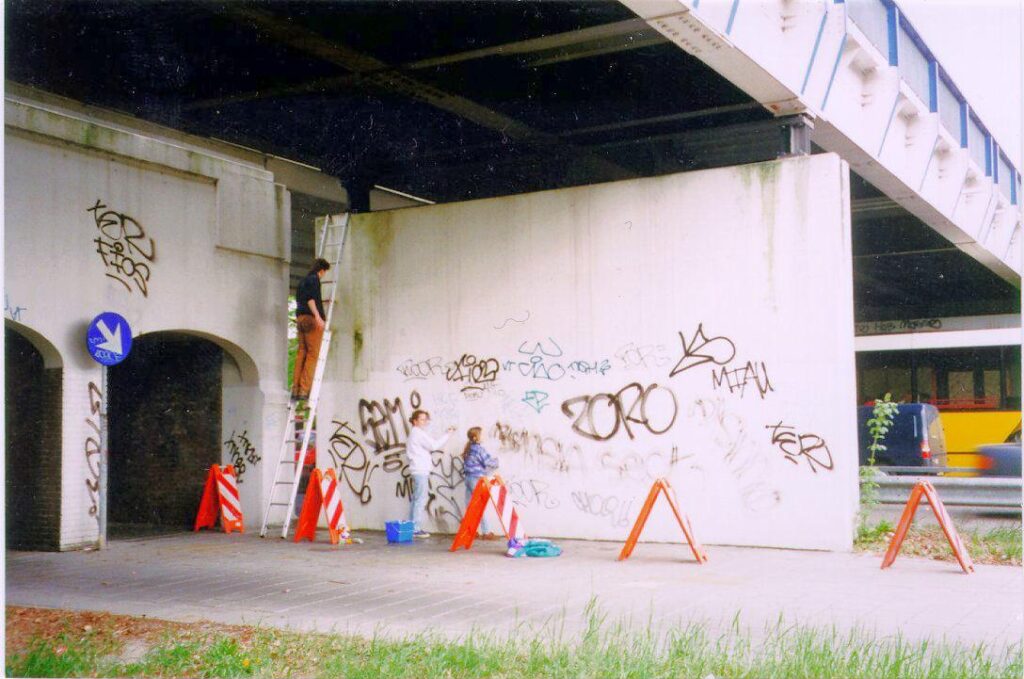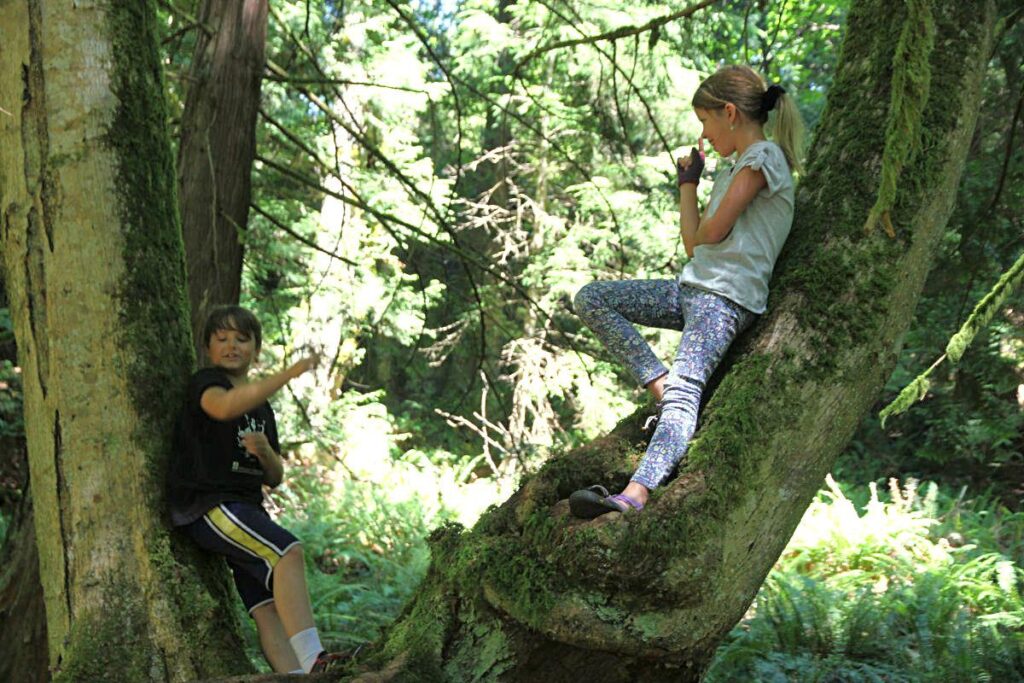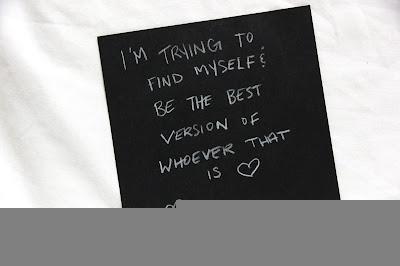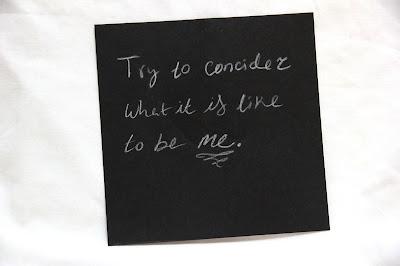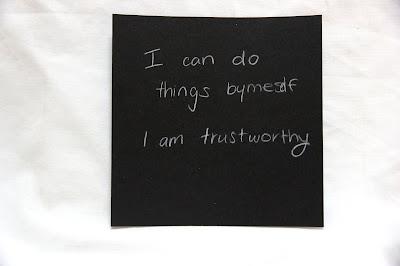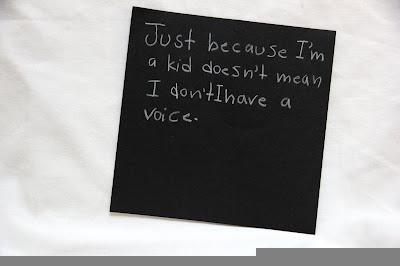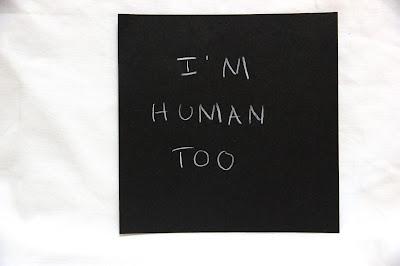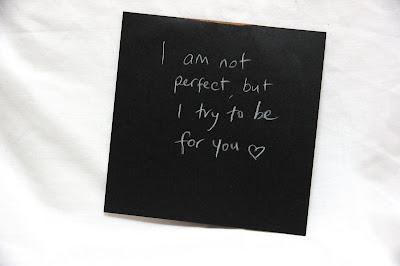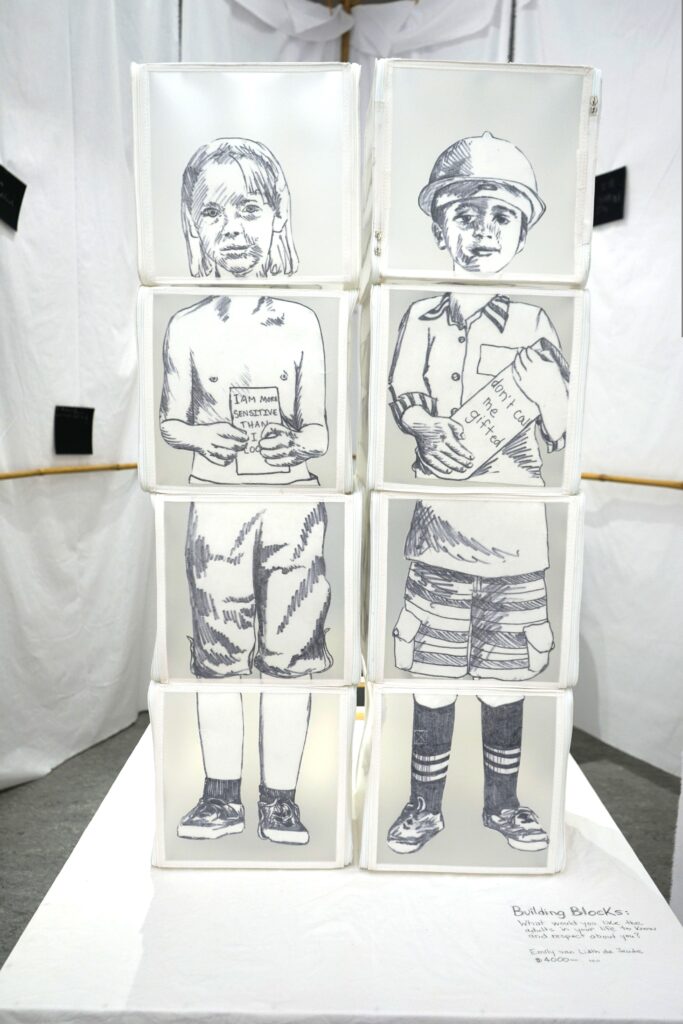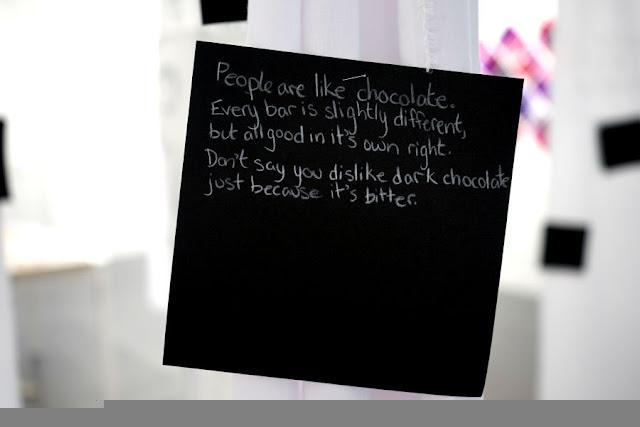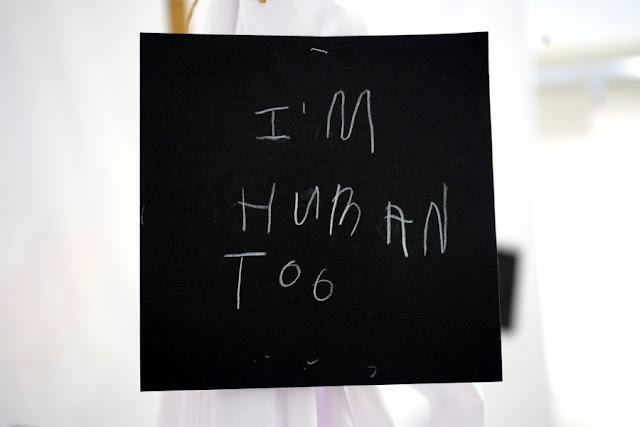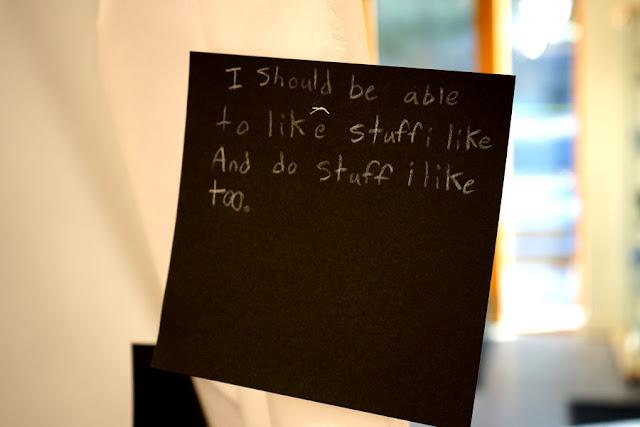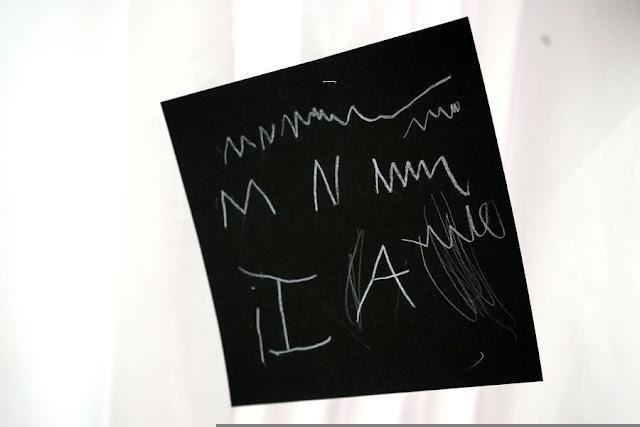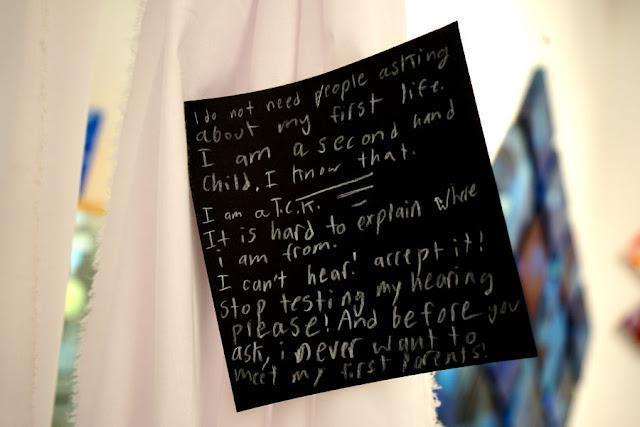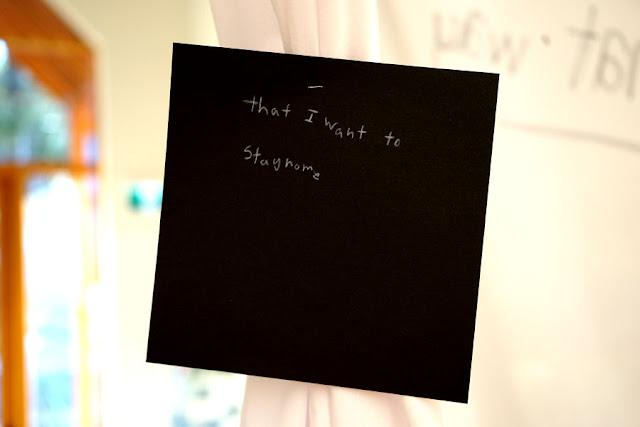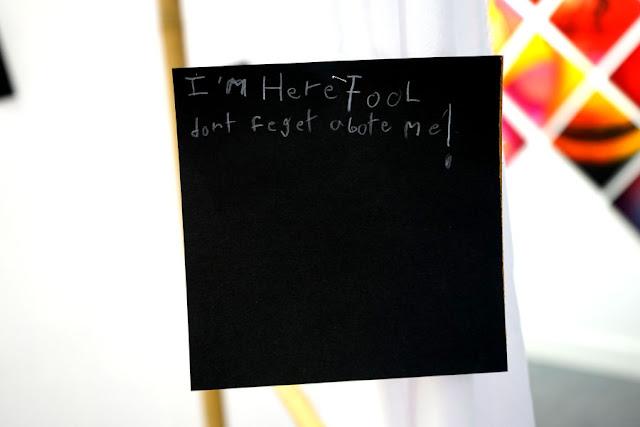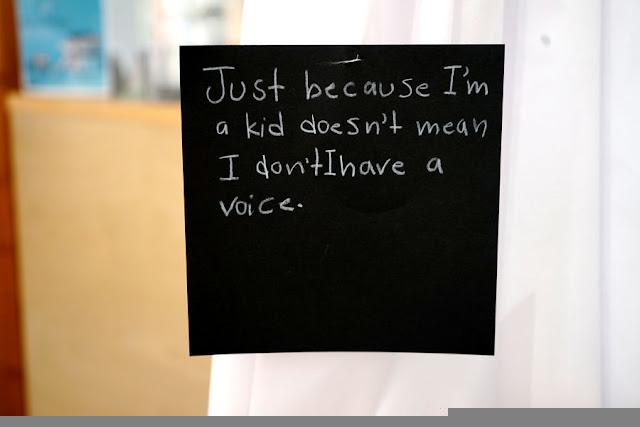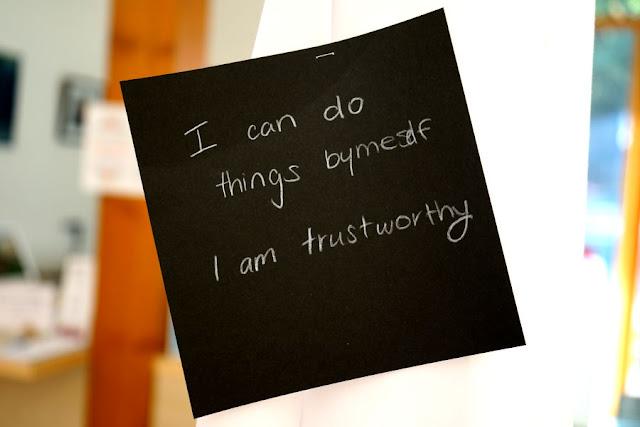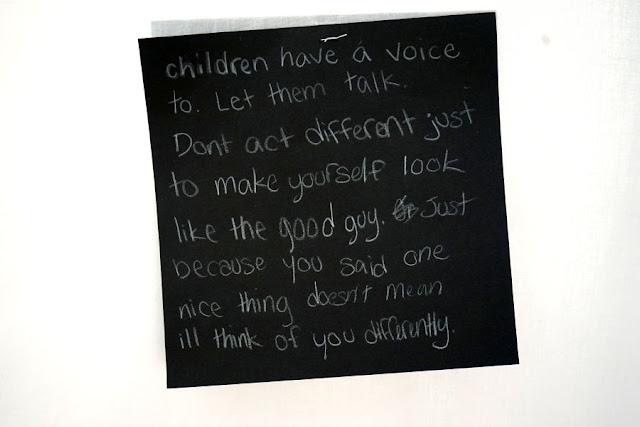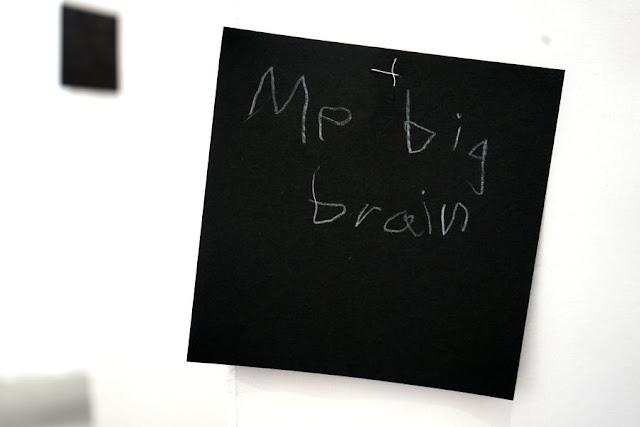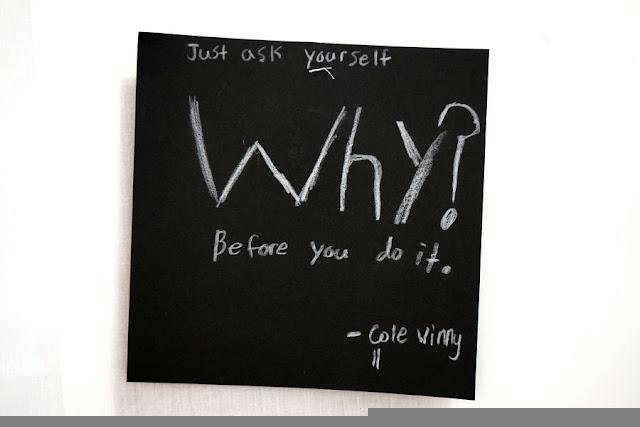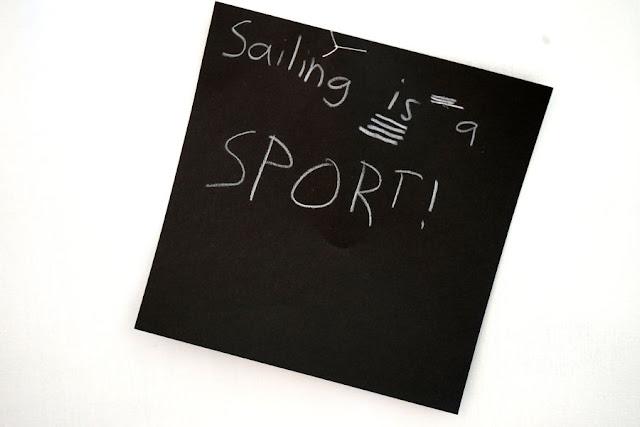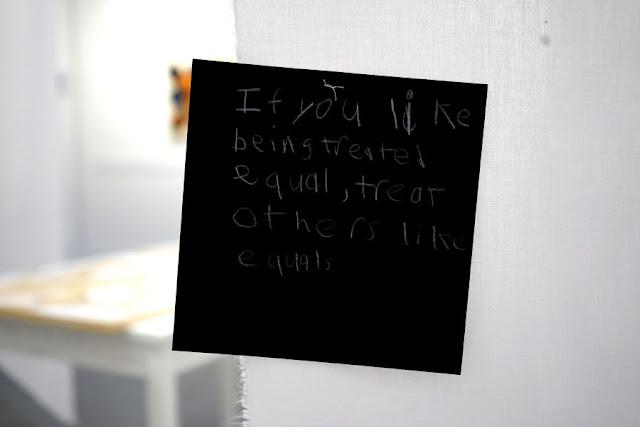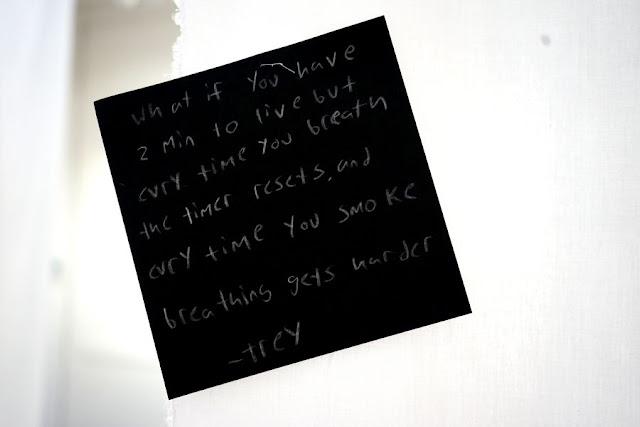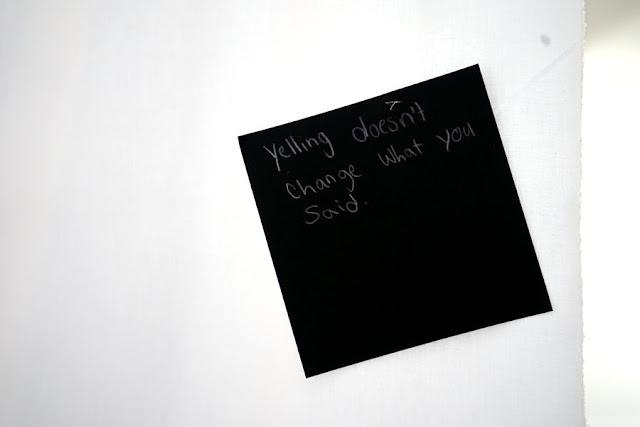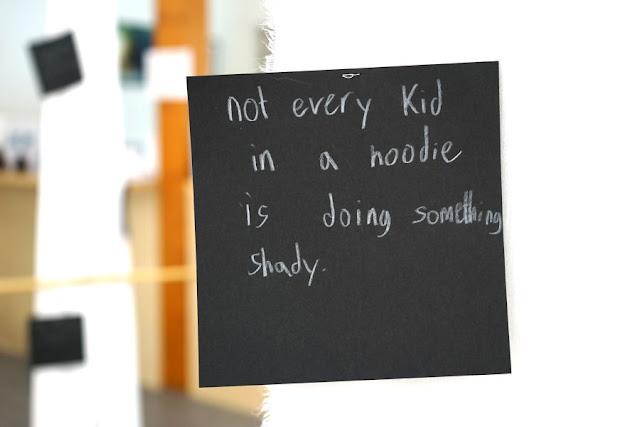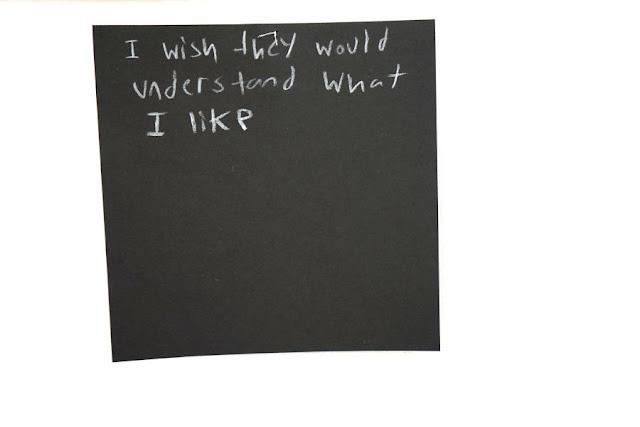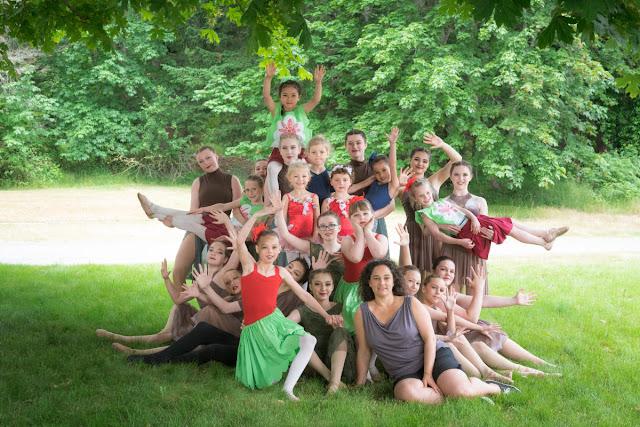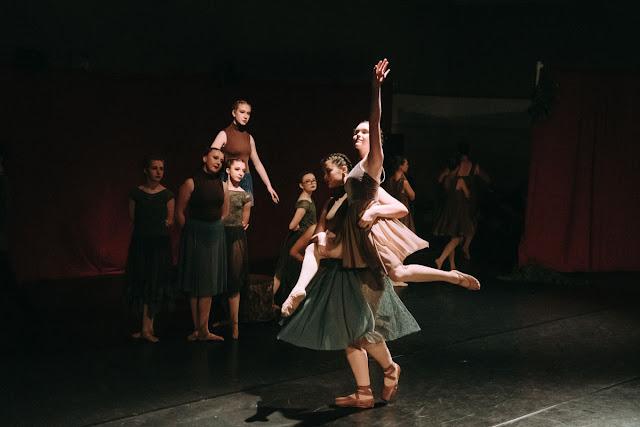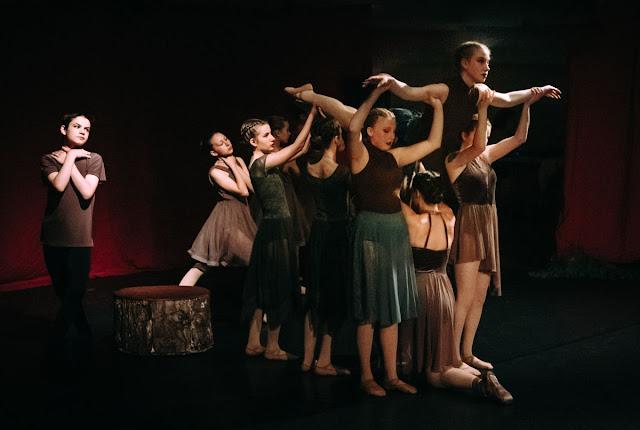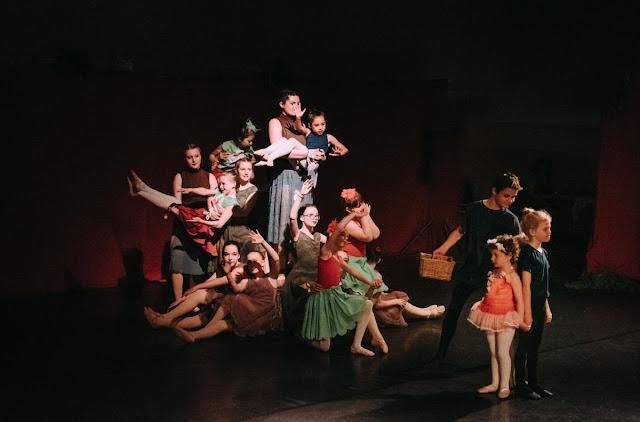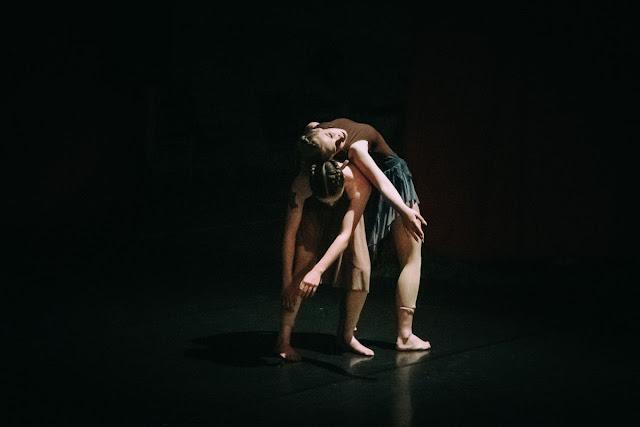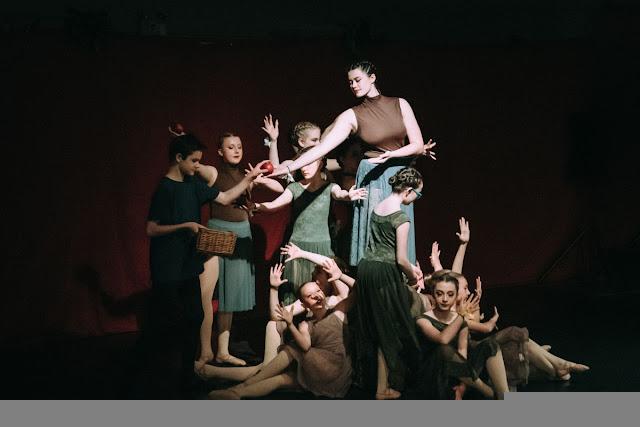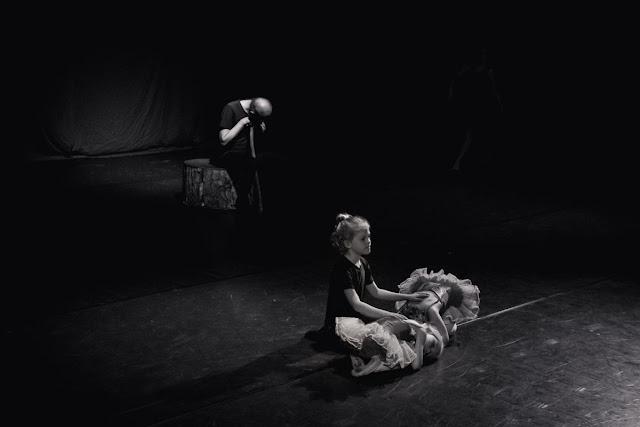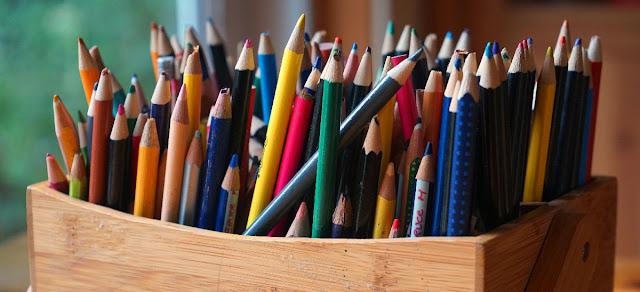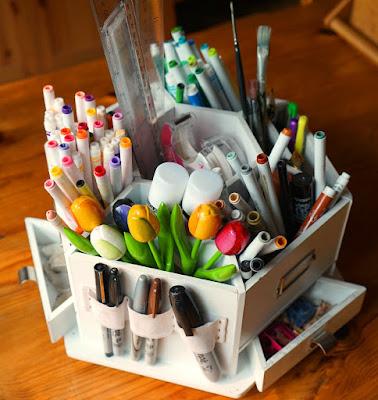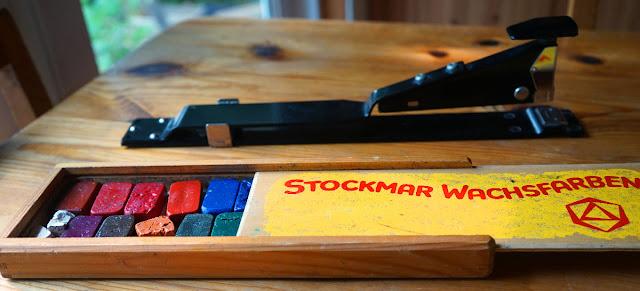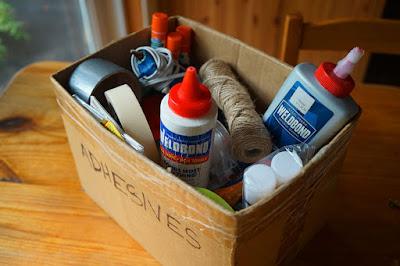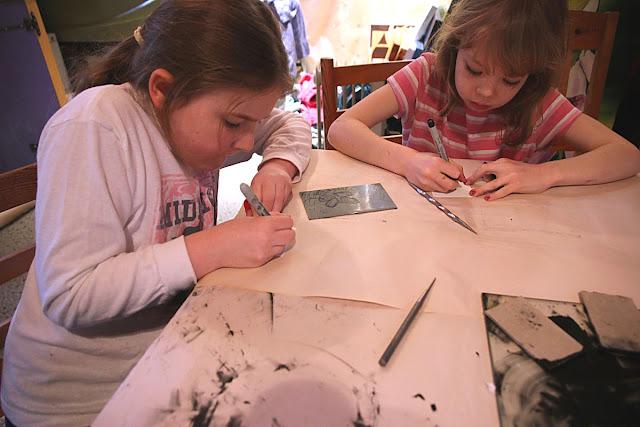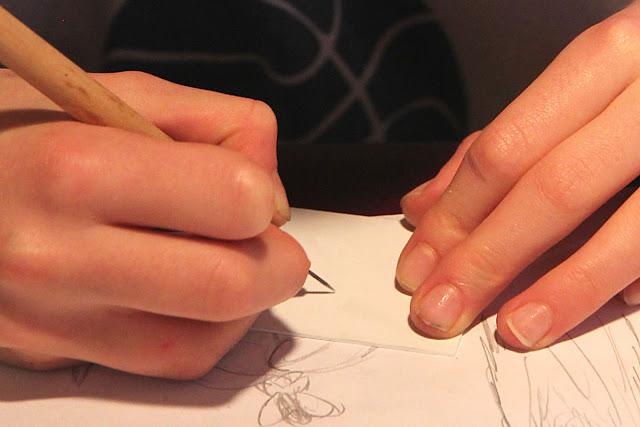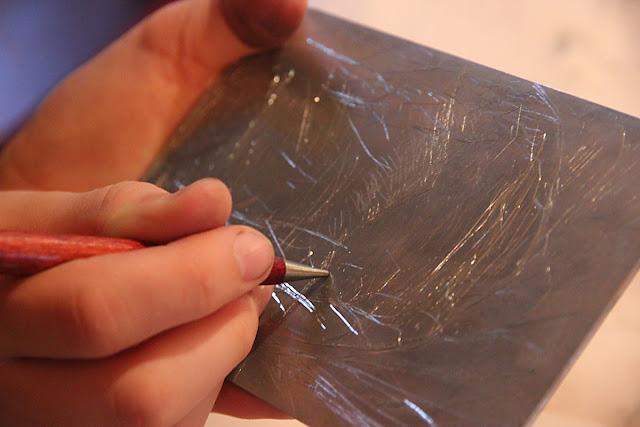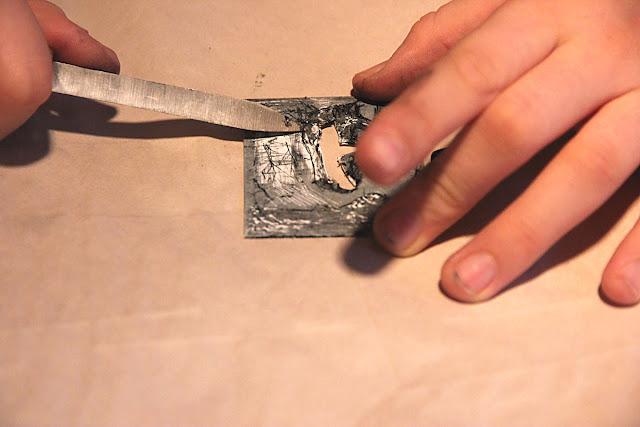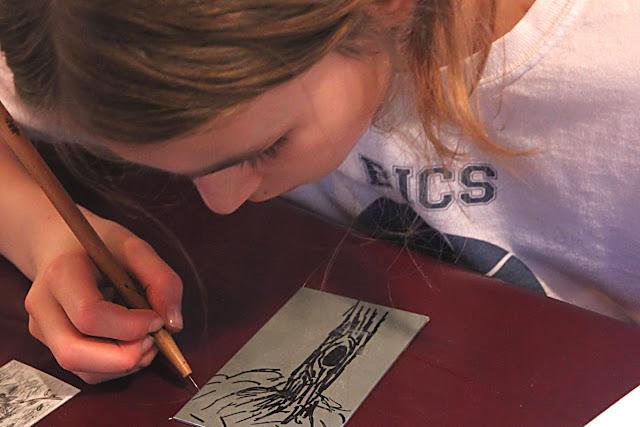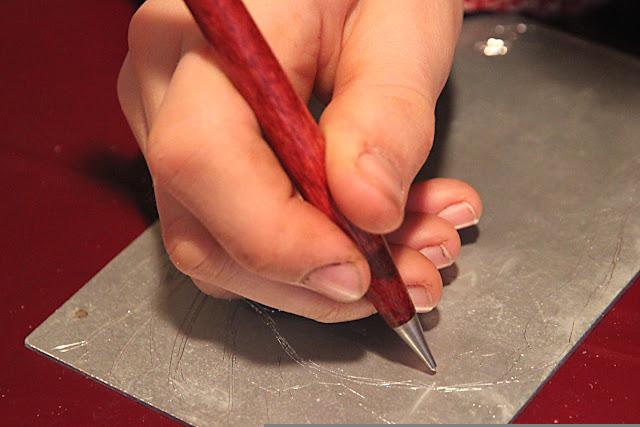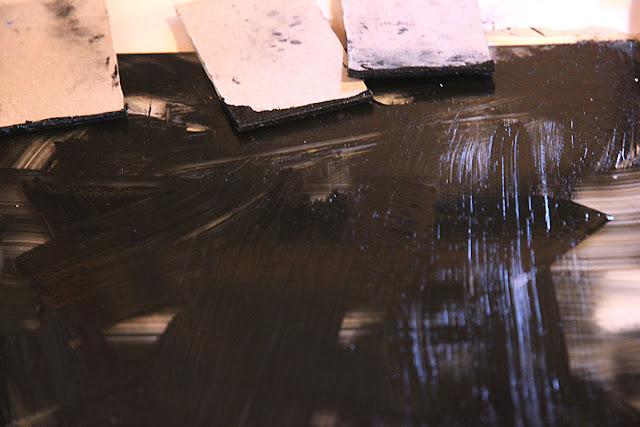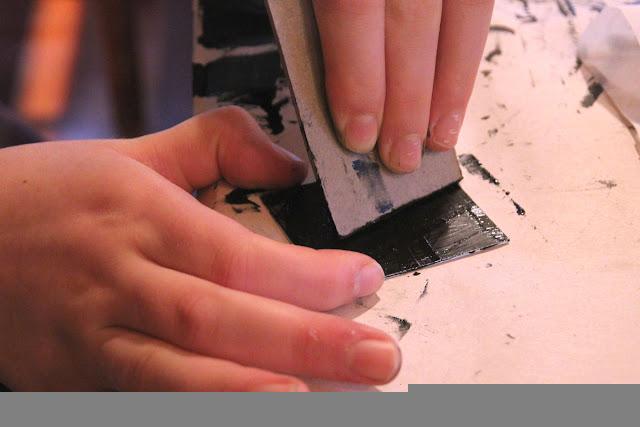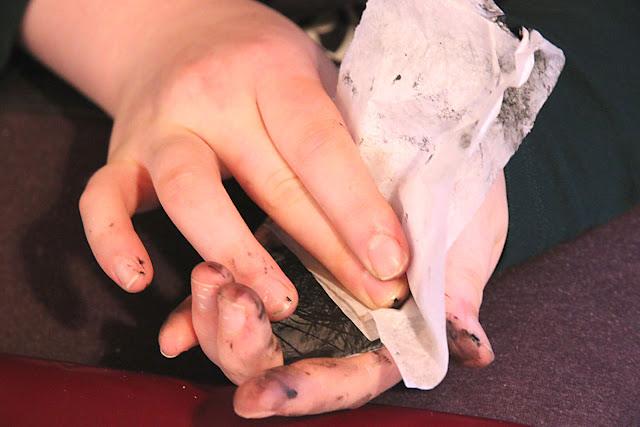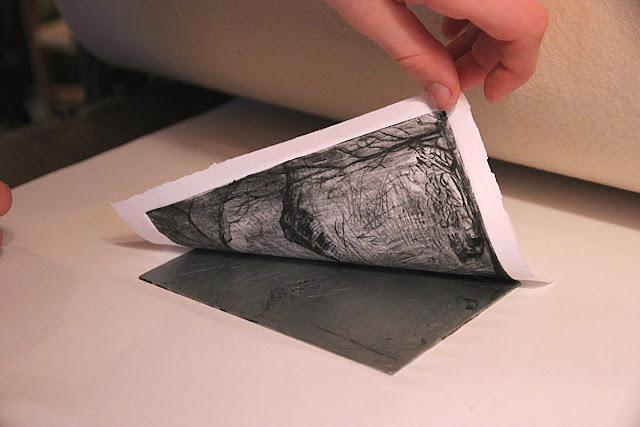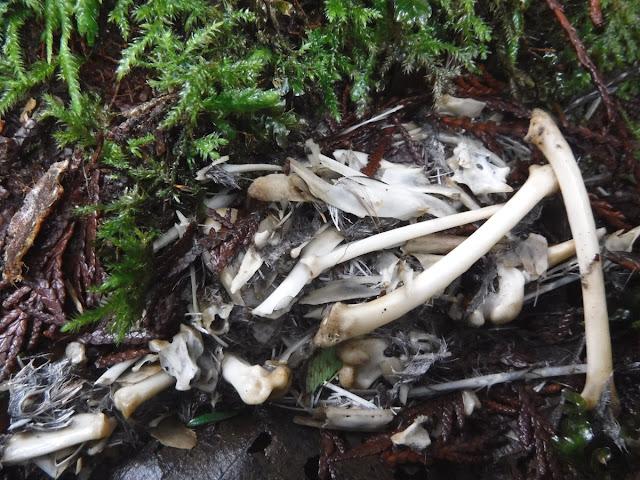There's a rambling little debate going on in my community right now about what kind of mural should go up on the lock-block retaining wall that acts as the de facto welcome sign to our island. This wall faces the ferry dock, and forms the north side of the pedestrian walkway from the dock to the rest of the island. This is the plain concrete wall that, for generations now, has welcomed commuting adults and teens, newcomers and old-timers as well as untold numbers of tourists to our small island. Sometimes it sports blackberries trailing down to catch our shoulders as we pass by, sometimes obscene or public-shaming graffiti, and almost always an assortment of hardy edible weeds that pop out from its crevices. But most noticeably, it's a boring grey wall of concrete lock-blocks.
Once this wall had a vast mural painted by kids from the local school–each block was painted with scenes of local wilderness or animals. Another time there was a big plywood mural of the island and local information, painted with students from our middle school. Yet another time, the wall was the stage for a temporary piece of public art made by one of our local artists, which peeled and disappeared over time. For a few years now, it's been just a boring grey wall of concrete lock-blocks.

Photo by Singne Palmquist
So now there's a call out for proposals from artists who would like to paint it, and an ongoing debate about whether it should have been offered to the island's children. I'm an artist; I'd love to have my work up in my own community and in fact have been talking with other artists about a collaborative work depicting local wildflowers for this wall. I love the idea of something that pleases and educates at the same time. But now I'm going to champion kids' art, for this wall. Because I think the many benefits of a mural painted by local kids far outweigh those of a more polished, "adult" mural.
Belonging
One of the best ways we can build sustainable community is to encourage engagement and concern for home and community. We need people to care that this is their home and feel that it deserves looking after. We care about things we feel ownership of. Kids feel ownership of their artwork–especially artwork that was designed and developed by them and displayed publicly in their home.
Why not just put their artwork up on the fridge? Well we can, of course, but not "just". It's not the same as being given the respect of one's community by being welcomed to paint right on our most visible wall. Being welcomed by one's community is, of course, the nature of the meaning of "home", and we want our kids to feel at home. We want them to grow up with the idea that this is their home, that their home matters, and that how they engage with it matters. We want them to feel seen; to feel responsible; to feel that what they do makes an impact on their home and future. So we have to give them that responsibility.
Imagine how it feels to children who painted the wall, say, in grade five, to then be walking past it twice every weekday on their way to and from school in grade eight. Some will tease each other about it; some will feel embarrassed, some will ignore it, and some will feel a quiet or even loud sense of pride. Almost all of them will feel connection. They'll feel a sense of belonging. Maybe they'll walk down to the dock to meet visiting relatives, and escort them past the mural they painted. Maybe they'll take selfies with their contributions. Maybe they'll move away and come back to find their marks still here, a few years later.
Not every child will have an opportunity to paint this wall. Maybe just one or two grades, and maybe it will be repainted every five years. But the kids who didn't paint it may have siblings who painted it. They may just have witnessed it being done and feel the tendrils of connection reaching out. They'll know that this mural was done by and in honour of the children of our community, and they'll feel valued.
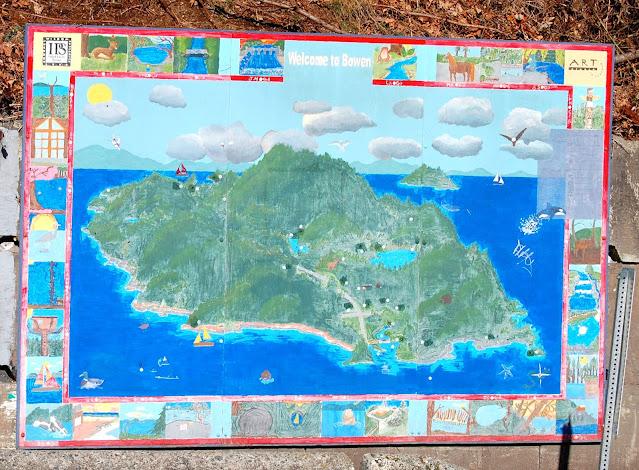
Photo by Singne Palmquist.
Learning
As a parent and educator I'm quite horrified by the many ways children are silenced in our culture; their ideas and skills unvalued, as they're seen as "still developing" in the system that is meant to develop them. Have we forgotten the meaning of development? It means growth. Children are not vessels into which we dump our own ideas for eighteen years and then trust to follow along like good little citizens. Children are growing people with their own ideas and skills and values, and they learn from experience.
Everybody learns from experience. You can read as many manuals as you like about how to fix your appliance, but the first time you actually open the appliance up is when you really start learning. So what do kids learn by painting a mural in their community? So much.
They'll learn simply from experience about materials: what type of paint is needed for this project? What chemical properties make it suitable and why won't classroom acrylics do the job? What types of scenes are acceptable, and why? Why has the council requested local flora and fauna, and what exactly are our local flora and fauna? What is the political and social work that goes into a project like this? And all the various applied maths, sciences, communication and language skills that come as a matter of course in the creation of this mural.
Why can't they just learn those things in school? Why can't they paint the school walls? Why does this painting have to be making a visual chaos of our lovely manicured community?
Chaos = Development
Because growth, development, and learning need chaos to thrive. It was the chaotic and random assortment of elements that evolved to become life as we know it, today. It was and is a chaotic assortment of peoples, places, climates and experiences that make humanity as we are, today. It was the chaotic rambling experiments of toddler-hood that gave our children the chance to develop skills they now depend on, like language, social skills, gross motor skills and dexterity. They learned all of those things from observing and experimenting, free-range, under our benevolent supervision. They didn't learn them in a school, from textbooks. They learned them because they felt at home in their homes, and made big messes and had big accidents. Our homes were chaotic. Now our kids are older, and it's time for them to be out in their wider community.
Our children are part of our community, and they are our community's future. Instead of being tucked away, seen and not heard, they need to feel they are part of it, so they can grow and thrive here.
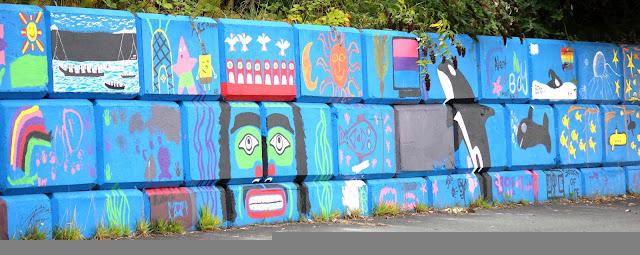
Photo by Emily van Lidth de Jeude
Responsibility
We look after what matters to us. If we want our children to grow up to look after their home and community, we need to allow it to matter to them.
We used to have an old cherry tree near the lock-block wall in the cove. Kids would climb it and hang out there, waiting for their commuting parents to walk off the boat. But eventually someone injured himself falling out of the tree, and then the tree was deemed too old, so was surrounded by fencing, off-limits to our kids. Now the area has been beautified as part of an effort to create a more visually-pleasing entrance to our community. There are all sorts of gorgeous plants there. I love them. But do the kids? Do they care about a tidy garden that they were expressly excluded from, and forbidden to play in? I asked my kids. My daughter says, "It's just another place you can't go." And how long before that garden is a dumping place for their litter and midnight beer cans, because it was never something they cared about in the first place? We look after what matters to us.
So how about a playground? What if we put in a playground at the ferry terminal, and the kids can play in blissful harmony with the commuters and traffic and beautiful gardens. Sure, but what kind of playground? Is it creative, dangerous, messy; fun? Because those are the things that make a playground worthwhile. Imagine an area full of tools, wood, climbing-trees and ropes; dirt and shovels and paint. That would be an amazing place for feeling belonging, learning new skills, and developing a sense of responsibility. But these playgrounds tend not to be condoned, these days, because of the chaotic look of them in our otherwise manicured landscapes, and because parents are afraid of danger. But danger–risk-taking–is essential for learning and for developing a sense of responsibility.
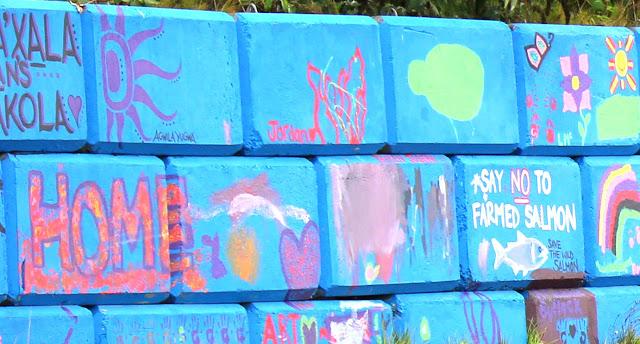
Risk-Taking
If we never take risks, we can't learn to manage or mitigate them. Learning is all about taking risks, and risky play is a big part of progressive education all over the world. Just like babies learn to walk by taking risks and falling, teens learn to navigate social situations by taking risks and making mistakes; suffering heartbreak and social exclusion. We take risks as adults when we choose partners, careers, or make big purchases. We learn from all of those risks, and that's how we grow as individuals and how we evolve as a species.
Our kids are part of our communities; our species. They need to take risks like painting a public wall or climbing public trees so they can learn how their community works. You know what the boy who fell out of the tree learned? In addition to some of his physical limits, he may have learned that he was valued in his community, when he was seen, held, and tended to by an adult who was not his parent.
Kids who paint walls take many risks, in choosing what and how to paint, in consulting with their peers, their supervisors, and their community, and they take social risks in walking past the mural they painted every day for a few years and navigating the conversations that arise. They take personal emotional risk in putting their artwork in a public space and facing the opinions of their community. And that social risk helps them to grow into their community–to become a part of it, deeply and permanently because they grew and thrived there.
A community that sits in stagnant contemplation of its perfectly manicured surroundings is not growing, thriving, or evolving. And who wants that?
It's not only kids taking risks in this scenario. It's us, too. It's the adults who give the kids our most prominent walls to paint and just trust them. That's a huge risk, especially for those of us who are quite afraid of the chaos of childish experimentation. But it's a risk we have to take if we want to grow as individual adults or as a community. Is it like giving our living room wall to a bunch of monkeys with paintbrushes and walking away? Maybe. But I'd rather have something unexpected that I can learn from than live in a stagnant community. It's a risk we have to take if we want to grow.
As a community we are growing. Our kids quite literally are our future, and if we want them to grow into responsible adults who care about their home, then we need to make them a part of it, now.
Originally published in May, 2021.
